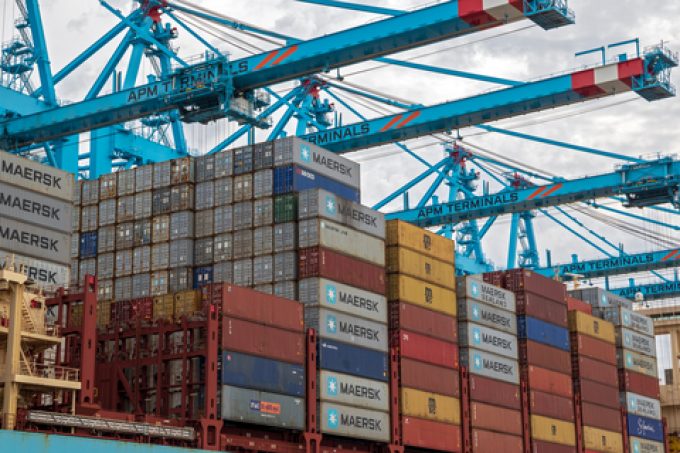More luck than judgment? Top 10 box lines enjoy elusive balance
Something of a sweet spot?

With container spot rates below ocean carrier unit operating costs on some routes, shipping lines are increasingly focusing on billing customers with a myriad of surcharges to boost revenue in what is predicted to be a tough period.
In addition to the baffling EU Emission Trading ...

Comment on this article